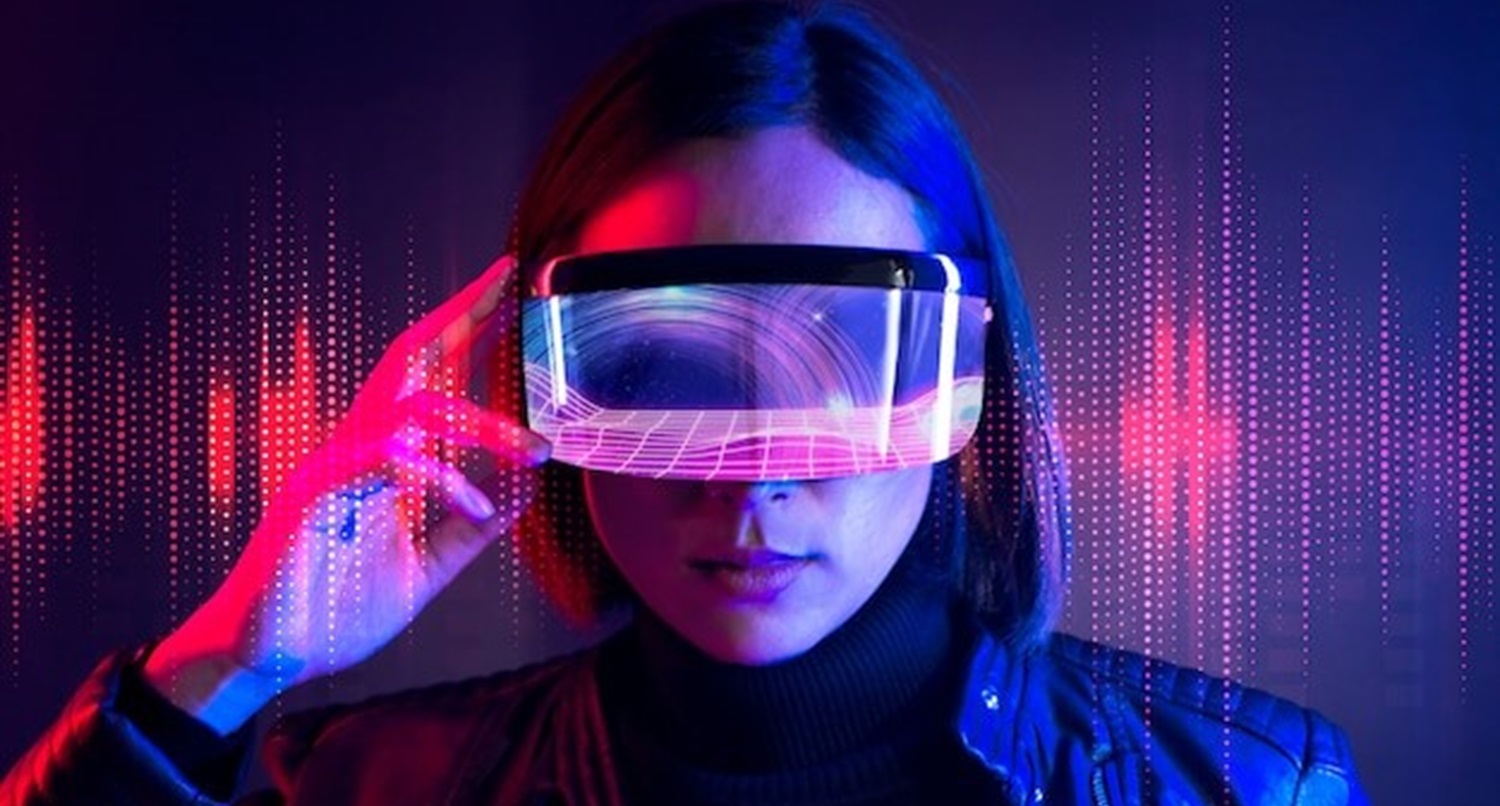
AI: Science Fiction to Tangible Reality
Introduction
The journey of Artificial Intelligence (AI) from the realms of science fiction to our everyday reality is nothing short of a technological marvel. Once confined to the pages of speculative fiction, machine learning now permeates our lives, reshaping industries, transforming communication, and pushing innovation. In this exploration, we delve into the evolution of AI, its impact on various sectors, and the exciting future it holds.
I. The Origins: AI in Science Fiction
The fascination with artificial intelligence has deeply rooted in science fiction literature and films. From Isaac Asimov’s Three Laws of Robotics to the sentient AI HAL 9000 in Stanley Kubrick’s “2001: A Space Odyssey,” these early depictions ignited our imaginations and paved the way for real-world machine development. The dream of machines exhibiting human-like intelligence gradually transitioned from fiction to scientific pursuit.
II. The Emergence: Early AI Applications
The first whispers of artificial intelligence in reality emerged in the mid-20th century, with pioneers like Alan Turing laying the groundwork for machine intelligence. Early applications focused on rule-based systems and expert systems that mirrored human decision-making. However, it wasn’t until later in the century that machine learning gained momentum, fueled by advancements in computation and algorithms.
III. The Revolution: Machine Learning and Deep Learning
The turning point for AI came with the advent of machine learning and, subsequently, deep learning. These breakthroughs empowered machines to learn from vast datasets, recognize patterns, and make decisions with minimal human intervention. Inspired by the structure of the human brain, neural networks propelled ML into new realms, enabling remarkable feats in image and speech recognition, natural language processing, and more.
IV. Machine learning in Everyday Life: Virtual Assistants and Smart Devices
The integration of AI into our daily lives became evident with the rise of virtual assistants like Siri, Alexa, and Google Assistant. These AI-driven technologies revolutionized how we interact with our devices, from voice commands to personalized recommendations. Smart homes equipped with AI-powered devices showcased the practical applications of this transformative technology.
V. AI in Healthcare: Enhancing Diagnostics and Treatment
The healthcare industry witnessed a paradigm shift with the implementation of AI in diagnostics and treatment. Machine learning algorithms proved adept at analyzing medical data, aiding in early disease detection, and personalizing treatment plans. From image recognition in radiology to predicting patient outcomes, Machine learning has emerged as a valuable ally in the quest for better healthcare.
VI. AI in Finance: Predictive Analytics and Fraud Detection
In the financial sector, AI’s ability to analyze vast datasets in real-time has revolutionized decision-making processes. Predictive analytics models powered by machine learning algorithms assist in forecasting market trends, managing investment portfolios, and identifying potential risks. AI-driven fraud detection systems provide an extra layer of security, safeguarding financial transactions.
VII. AI in Education: Personalized Learning and Accessibility
Education is undergoing a transformation with the integration of AI, offering personalized learning experiences tailored to individual student needs. Intelligent tutoring systems adapt to students’ progress, providing targeted assistance. Artificial intelligence also addresses accessibility challenges, making education more inclusive for students with diverse learning needs.
VIII. Ethical Considerations: Navigating the Challenges
As artificial intelligence infiltrates diverse facets of our existence, ethical considerations take center stage. Concerns regarding privacy, bias in algorithms, and job displacement demand careful attention. Striking a balance between technological progress and ethical responsibility is crucial to ensure that artificial intelligence benefits society as a whole.
IX. The Future: AI and Emerging Technologies
Looking ahead, the synergy of Machine learning with other emerging technologies promises even more transformative developments. The integration of artificial intelligence with the Internet of Things (IoT), 5G connectivity, and augmented reality (AR) opens new avenues for innovation. Smart cities, autonomous vehicles, and immersive virtual experiences are on the horizon, painting a picture of a future where AI plays a central role in shaping our world.
Conclusion
From the pages of science fiction to the fabric of our reality, the journey of artificial intelligence has been nothing short of extraordinary. As we navigate this technological landscape, it is essential to approach machine learning with a blend of curiosity and responsibility. The transformative power of artificial intelligence is evident in its impact on industries, healthcare, education, and beyond. Embracing the potential of artificial intelligence while addressing ethical considerations will guide us toward a future where the boundaries between science fiction and reality continue to blur, ushering in an era of unprecedented possibilities and advancements.

